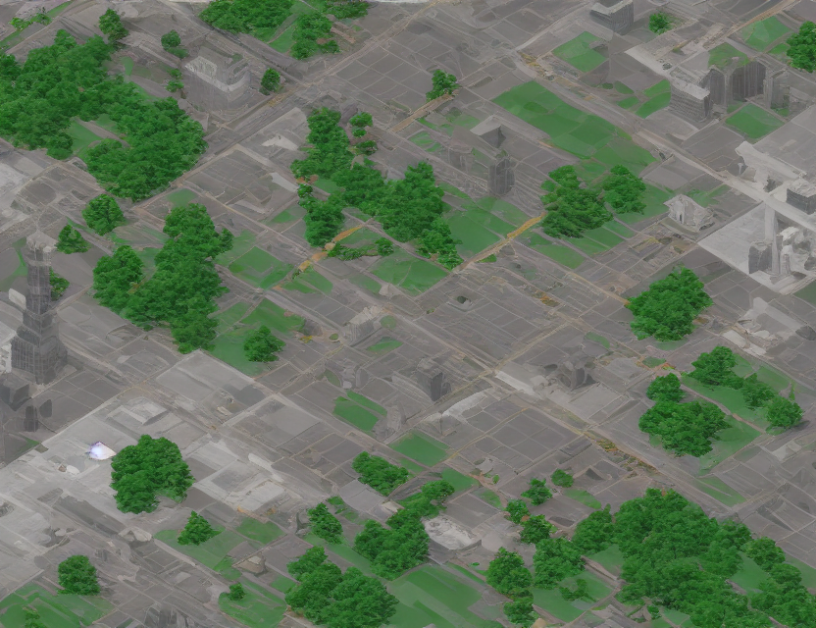In this groundbreaking study, researchers Kaifeng Bi and colleagues achieve unprecedented accuracy in medium-range (up to 10 days) global weather forecasting using cutting-edge 3D neural network models. The team develops a novel architecture called Pangu-Weather, which leverages high-resolution imaging to generate accurate predictions for various meteorological variables such as temperature, humidity, wind speed, and more.
To improve forecasting efficiency, the researchers adopt an innovative sampling strategy that outputs output to the required lead time instead of generating all timesteps simultaneously. Additionally, they incorporate super-resolution techniques to derive high-resolution predictions from the central region of the model’s output.
The team evaluates their model against several state-of-the-art counterparts on various leaderboards and achieves remarkable scores, showcasing the superiority of Pangu-Weather. The study demonstrates that the proposed method can accurately predict weather patterns up to 10 days in advance, which is a significant breakthrough in the field of meteorology.
By leveraging 3D neural networks and innovative sampling strategies, Bi and colleagues have successfully demystified complex weather forecasting challenges, making it possible to provide more accurate predictions for global weather patterns. Their work has far-reaching implications for improving climate modeling, weather forecasting, and decision-making in various industries such as agriculture, aviation, and insurance.
Computer Science, Computer Vision and Pattern Recognition
RainAI Nowcasting Evaluation: Comparative Study of Baselines and Attention-UNet



